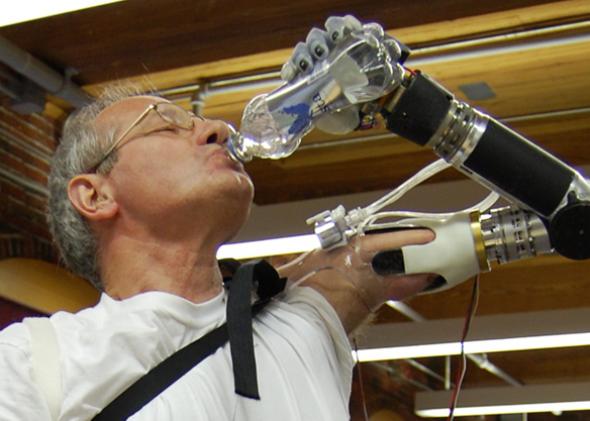Dean Kamen, Inventor of Segways, Builds a Much Better Prosthetic Limb
This post first appeared on Business Insider.
On Monday, the Food and Drug Administration approved a prosthetic limb that may be one of the most realistic, human-like implementations to date.
The prosthetic arm, which was created by Segway inventor Dean Kamen, could be controlled through its user's thoughts and is capable of performing complex functions.
The mind-controlled prosthetic, called the DEKA Arm, can detect up to 10 movements and is the same size and weight as a natural human arm, according to a statement from the FDA first spotted by Bloomberg.
The DEKA Arm detects electrical activity caused by the contraction of muscles close to where the prosthesis is attached. Those electrical signals are then sent to a computer processor in the DEKA Arm, which triggers a specific movement.
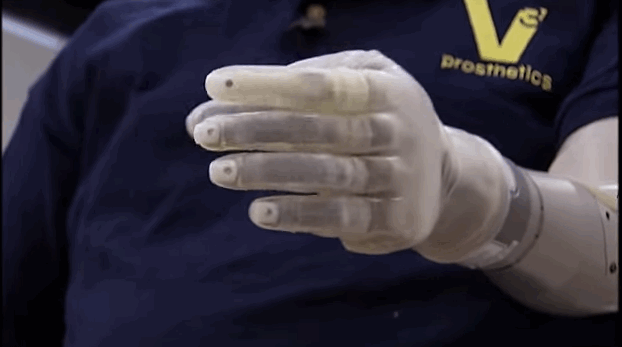
During its trial, the FDA equipped 36 participants with the DEKA Arm to determine how it performed during household tasks. According to the FDA, 90 percent of participants were able to complete tasks that they couldn't with their current prosthesis, which include using keys and locks, preparing food, feeding oneself, brushing hair and using zippers.
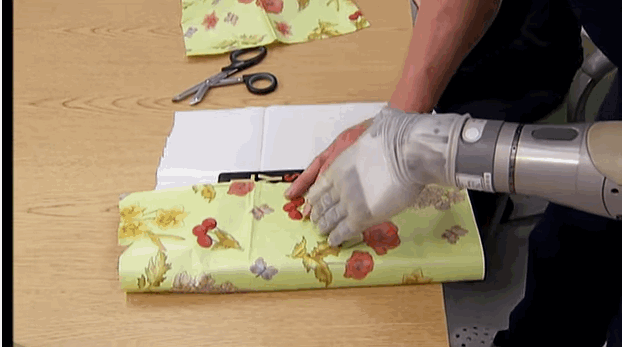
The DEKA Arm has been nicknamed Luke after the "Star Wars" protagonist who receives an arm replacement in "The Empire Strikes Back." The prosthetic can be configured for those with limb loss at the shoulder, mid-upper arm, or mid-lower arm, but can't be used in scenarios involving limb loss at the elbow or wrist joint.
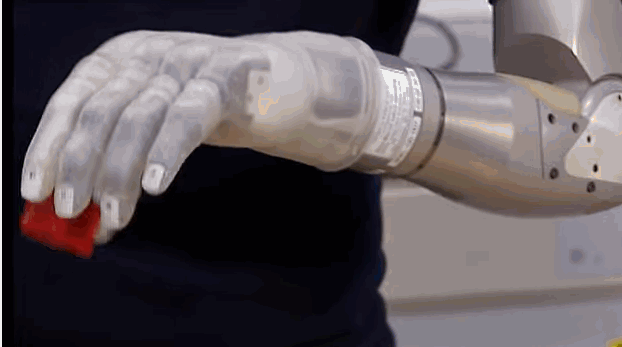
The FDA claims that this is the first prosthetic arm controlled by electrical signals that can accomplish multiple movements at once. The U.S. Defense Department's Advanced Research Agency has contributed $40 million to the project, which is part of its Revolutionizing Prosthetics program.
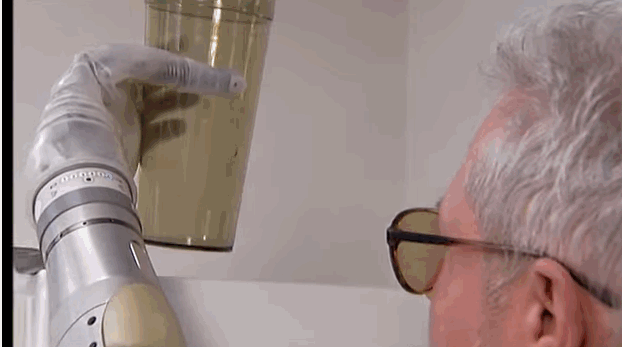
The method of controlling the DEKA Arm is unique in that uses "end point control," Linda Resnik, a research health scientist with Providence VA Medical Center, said in a video showcasing the technology used in a trial in 2012.
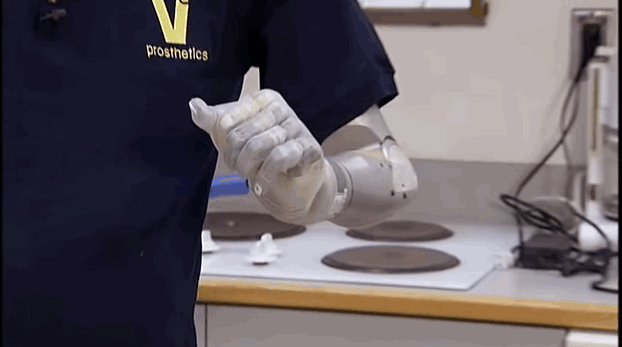
This means that the user can think about the position of the terminal device, or end of the prosthesis, and move that around in space. That type of technology is what makes it easier to position separate joints such as individual fingers.

